In the realm of extremophile biology, few discoveries have sparked as much intrigue as the arsenic-utilizing microbes of Mono Lake, California. The 2010 announcement of GFAJ-1, a bacterium allegedly capable of substituting arsenic for phosphorus in its DNA backbone, ignited both excitement and skepticism. While the initial claims faced rigorous scientific scrutiny, they inadvertently opened a new chapter in our understanding of alternative biochemistries. Recent research has moved beyond the controversy to systematically map the diverse strategies microbes employ to interact with arsenic—not as a mere toxin, but as a potential metabolic resource.
The traditional view of arsenic as exclusively poisonous fails to capture its nuanced role in microbial ecosystems. Certain prokaryotes have evolved sophisticated mechanisms to exploit arsenic redox chemistry for energy generation. From the arsenite-oxidizing Alkalilimnicola ehrlichii to the arsenate-respiring Desulfosporosinus species, microorganisms demonstrate remarkable metabolic flexibility. These organisms don't just tolerate arsenic; they harness its chemical properties, using arsenate as a terminal electron acceptor during anaerobic respiration or oxidizing arsenite to fuel chemolithotrophic growth.
What makes these metabolic pathways particularly fascinating is their evolutionary implications. The genes responsible for arsenic transformation—aio, arr, and ars operons—appear to have undergone extensive horizontal gene transfer across microbial lineages. This genetic promiscuity suggests that arsenic metabolism represents an ancient innovation, repeatedly lost and regained as microorganisms adapted to changing geochemical conditions. The phylogenetic distribution of these traits hints at their potential importance during Earth's early history, when arsenic concentrations may have been substantially higher.
The concept of arsenic substituting for phosphorus—the central controversy surrounding GFAJ-1—has found more measured support in subsequent research. While complete replacement remains unlikely under physiological conditions, partial incorporation may occur in specific cellular components. Certain marine cyanobacteria have been shown to assimilate arsenate into sugar phosphates and possibly phospholipids when phosphate is scarce. These findings don't overturn biochemistry's central tenets but reveal unexpected plasticity in nutrient utilization strategies.
Biotechnological applications are already emerging from this fundamental research. Arsenic-metabolizing microbes show promise for bioremediation of contaminated groundwater—a critical concern in regions like Bangladesh and West Bengal where arsenic poisoning affects millions. Engineered strains capable of efficient arsenate reduction or oxidation could transform environmental cleanup strategies. Meanwhile, the enzymes involved in these pathways are inspiring novel biosensor designs for arsenic detection with unprecedented sensitivity.
As genomic and metagenomic datasets expand, researchers are uncovering previously unrecognized diversity in microbial arsenic metabolism. Recent studies of deep-sea hydrothermal vents and high-altitude hypersaline lakes have revealed new archaeal lineages that challenge our existing classification schemes. These extremophiles often possess hybrid metabolic pathways that integrate arsenic transformations with other unusual energy-generating mechanisms, suggesting we've only scratched the surface of this biochemical versatility.
The study of arsenic-based metabolism ultimately forces us to reconsider the boundaries of life's chemical possibilities. While phosphorus remains essential for all known life forms, the microbial world demonstrates that even fundamental biochemical rules admit exceptions under extreme conditions. This research not only expands our understanding of Earth's biodiversity but also informs the search for life elsewhere in the universe—where elemental abundances may differ radically from our terrestrial norm.
Looking ahead, the field faces several unanswered questions. How prevalent is partial arsenic substitution in natural microbial communities? What evolutionary pressures maintain these pathways in low-arsenic environments? Can synthetic biology push the limits of arsenic incorporation beyond what occurs naturally? As investigation continues, one truth becomes increasingly clear: in the microbial world, the line between poison and nutrient is often just a matter of evolutionary perspective.

By /Jul 29, 2025
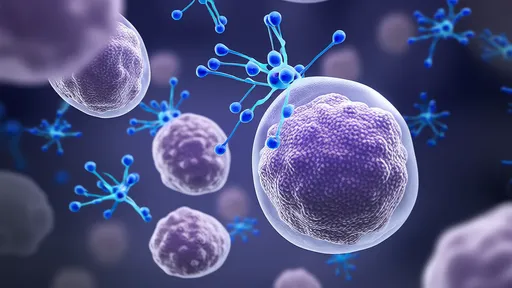
By /Jul 29, 2025

By /Jul 29, 2025
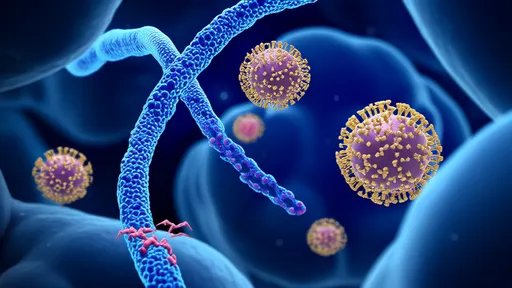
By /Jul 29, 2025
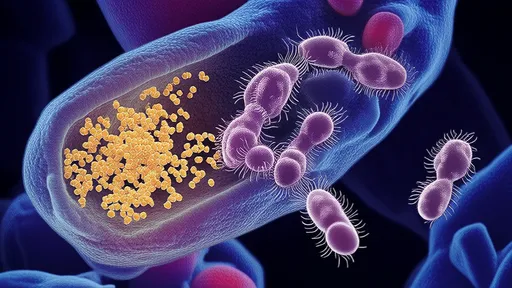
By /Jul 29, 2025
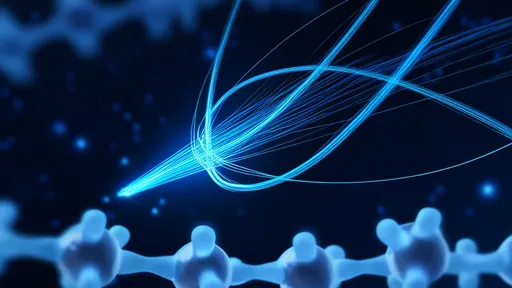
By /Jul 29, 2025
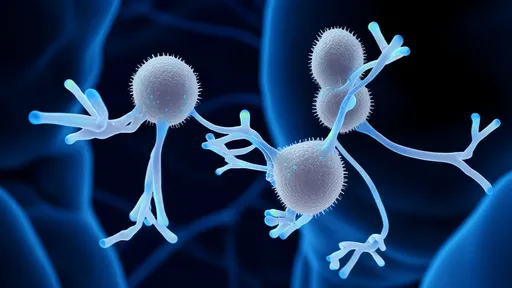
By /Jul 29, 2025
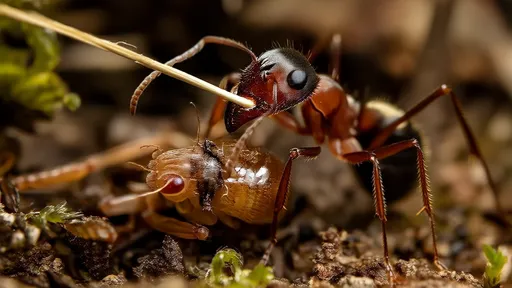
By /Jul 29, 2025
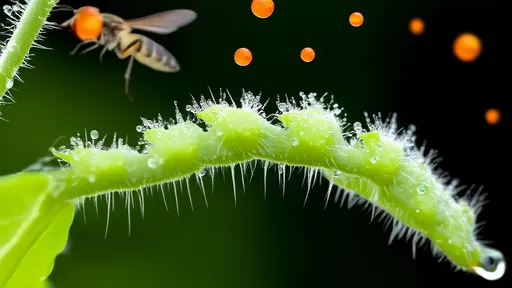
By /Jul 29, 2025
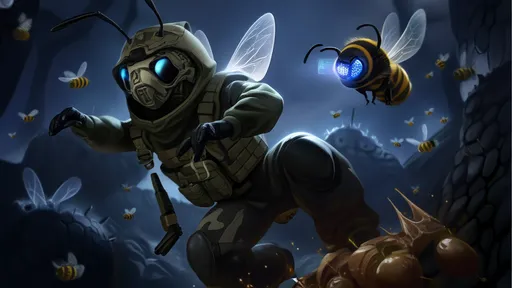
By /Jul 29, 2025

By /Jul 29, 2025

By /Jul 29, 2025
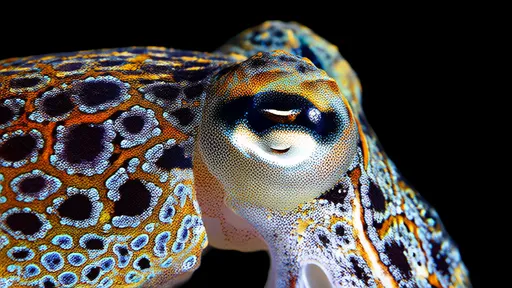
By /Jul 29, 2025
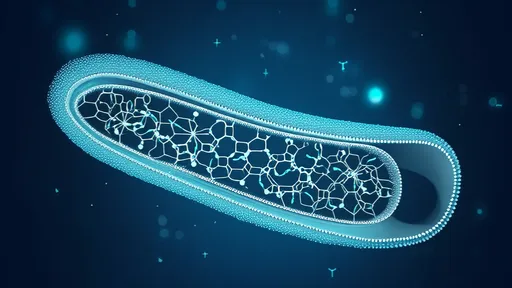
By /Jul 29, 2025

By /Jul 29, 2025
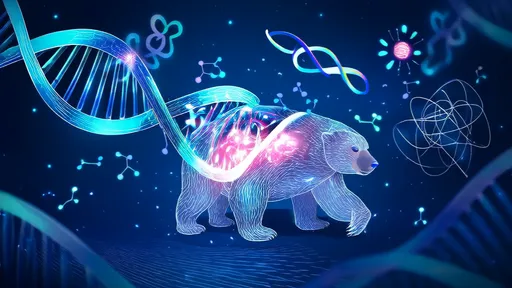
By /Jul 29, 2025
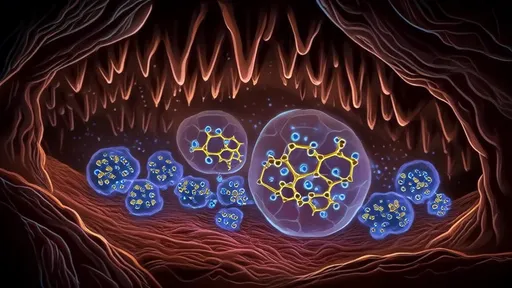
By /Jul 29, 2025
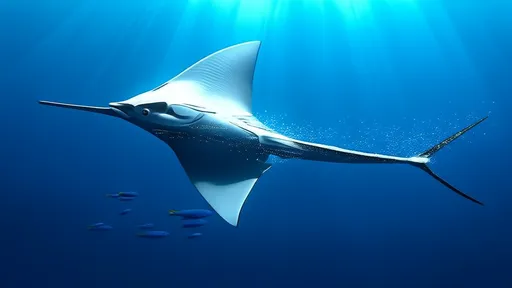
By /Jul 29, 2025

By /Jul 29, 2025

By /Jul 29, 2025